Know How –
Sound Level Meter – Class 1 and Class 2
What is Class 1 and Class 2 Sound Level Meter?
A Class 1 Sound Level Meter is a noise measurement device that meets the international standards of IEC 61672-1:2002 (or an equivalent such as BS EN 61672-1:2003).This standard describes a wide range of complex accuracy, performance and calibration criteria that must be met in order to be eligible for use.
There are two levels of tolerance within the standard, Class 1 and Class 2. Class 1 able to measure a wider sound frequency range and meet narrower tolerances which result in a more accurate response. In other words, Class 1 sound level meter is the ‘precision grade’ meter, while Class 2 sound level meter is the ‘general grade’ meter.
| Performance Criteria: Sound Frequency (IEC61672-1:2013) | Class 1 Tolerance Limits | Class 2 Tolerance Limits |
|---|---|---|
| 16Hz | +2.5dB, -4.5dB | +5.5dB, - ∞dB |
| 20Hz | +/- 2.5dB | +/- 3.5dB |
| 1kHz | +/- 1.1dB | +/- 1.4dB |
| 10kHz | +2.6dB, -3.6dB | +5.6dB, -∞dB |
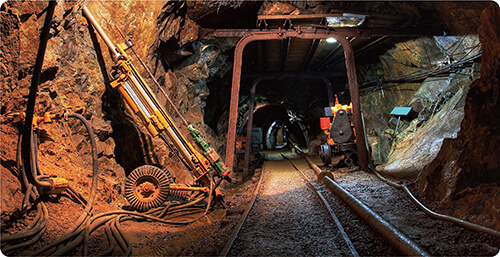
Which Class of Sound Level Meter Do I Need?
To decide whether you need a Class 1 or a Class 2 sound level meter, ask yourself these 3 fundamental questions:
(1) Application-what noise you want to measure?
(2) Regulations-what measurement regulations you need to meet?
(3) Purpose-what is the actual purpose for this measurement? decide whether or not your measurements will be used for further research or assessment, if your measurement is going to be used as evidence to back your research or for assessments criteria then you may prefer to use a Class 1 meter for better accuracy.
Some real-life examples of Class 1 and Class 2 sound level meters applications are:
- Class 1: research/study, traffic assessment, environmental/boundary noise, construction noise, building acoustics, laboratory use.
- Class 2: basic environmental measurements, industrial hygiene, entertainment noise (movies, studios, events, etc.), vehicle noise.
The Class 1 sound level meter tend to measure lower levels due the sensitivity of the microphone capsule. This is particularly relevant for environmental noise surveys where low noise levels are being measured. Class 1 sound level meter is preferred for the design of cost-effective noise controls.
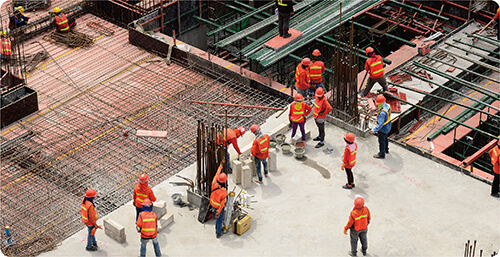
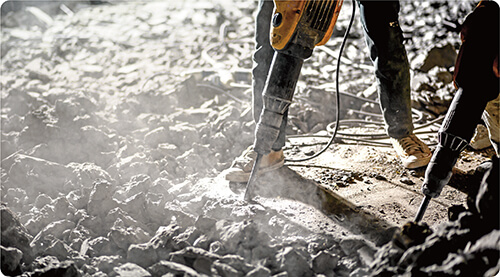
A simple sound level meter that meets the standard may only provide Sound Pressure measurements whereas a much more sophisticated instrument may provide for the measurement of Sound Pressure, Leq and Peak Sound Pressure.For example, the Noise at Work Regulations which are used in the UK requires, as a minimum, the measurement of LAeq and LCPeak.
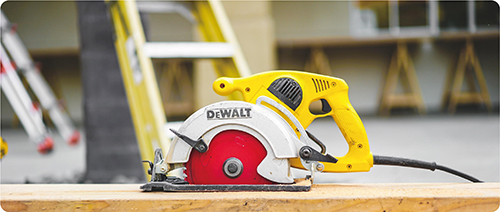


What is the Price of Class 1 and Class 2 Sound Level Meter
There are many very low cost (under $200) devices masquerading as sound level meters but so far none of these have been proven to meet their sales claims. Thus their use may risk hearing damage because of measurement errors.
Class 1 sound level meter offers greater accuracy and is considered more reliable if a noise case goes to court. The usual cost of Class 1 sound level meter may range from USD $1500 to $4000 depending on its features and functionality. While Class 2 sound level meters are a lower-cost compared to Class 1. In general, the cost of Class 2 sound level meter usually range from $600 – 2000.
Looking for a high-quality and reliable yet cost-friendly Class 1 or Class 2 sound level meter? Scarlet’s offers a great solution of sound level meters you can choose from , consult with us now for free, our team would be happy to assist you. Get a fast response in few hours here.
Scarlet Class 1 Sound Level Meters
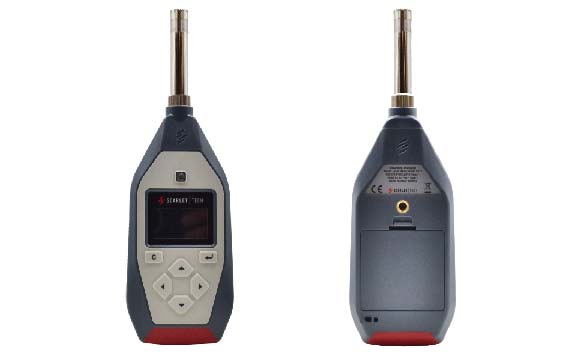
ST-11/11D Features
• Class 1 Complies with IEC-61672-2013
• 10 Hz-20k Hz frequency range
• 27 dB-140 dB measurement range
• Data logging & record function(St-11D)
• Measures and displays Leq value
• Long term measurement
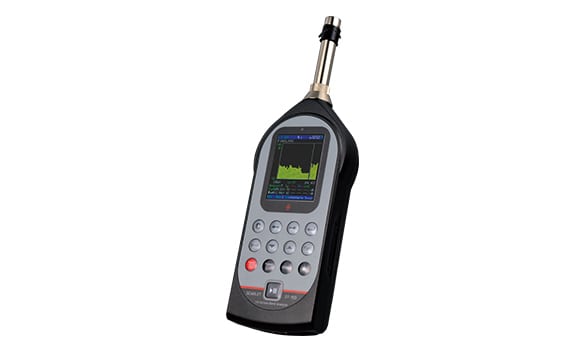
ST-15D Features
• Class 1 Complies with IEC-61672-2013
• 10 Hz-20k Hz frequency range
• 20 dB-142 dB measurement range
• Data logging & record function(optional)
• Measures and displays Leq value
• GPS function
• 1/3 OCT analyzer (optional)
Scarlet Class 1 Sound Level Meters
ST-11/11D Features
• Class 1 Complies with IEC-61672-2013
• 10 Hz-20k Hz frequency range
• 27 dB-140 dB measurement range
• Data logging & record function(St-11D)
• Measures and displays Leq value
• Long term measurement


Class 1 Sound Analyzer Meter ST-15D
ST-15D Features• Class 1 Complies with IEC-61672-2013
• 10 Hz-20k Hz frequency range
• 20 dB-142 dB measurement range
• Data logging & record function(optional)
• Measures and displays Leq value
• GPS function
• 1/3 OCT analyzer (optional)
ST-130 Features
• Perform OSHA and IEC noise accumulation surveys
• 6 built-in standard dose measurement setups: OSHA/ MSHA/DOD/ACGIH/ISO85/ISO90
• Data logger up to 10,00,000 readings
• Adjustable criterion level, exchange rate & threshold
• Sampling times between 1 sec to 2 hr
• Stores up to 10,000 dose meter survey results
• Dose Meter Mode: record time stamp, %Dose, TWA8, LEP, 8h, Leq, SEL, LN%, SPLmax, SPLmin, PeakMAX
• Sound Level Meter mode: Leq, PeakMAX & SEL
• USB interface. Support Windows XP / Vista / 7 / 8
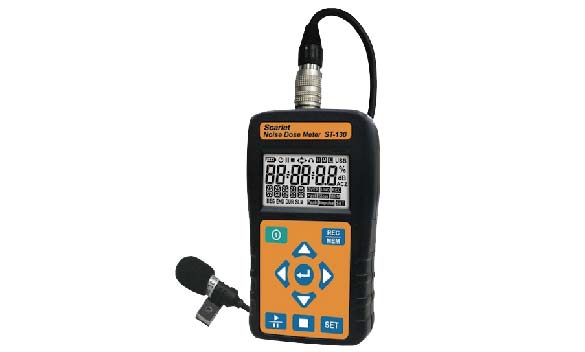
Pick a Perfect Anemometer
How to Choose the Perfect Anemometer for Construction Site Safety?
There are many different types of anemometers in the market with different functionalities. Before choosing any of the anemometers, you have to get complete knowledge about it in order to meet your demands.
Choosing anemometers is particularly important in situations where loads and equipment will be raised significantly above the ground or building, which is especially relevant when planning tasks involving crane operation and heavy lifting. Attaching an anemometer to the boom point is a sensible way to monitor the different wind speeds at operating altitudes for cranes.
Intrinsic Safety
Official Safety Standard for Explosion-Proof
Outside of North America, ATEX (Appareils destinés à être utilisés en ATmosphères EXplosives) and IEC (International Electrotechnical Commission) provide standards that are recognized internationally.
These organizations, unlike FM, UL and CSA, do not perform their own testing but rather have notified bodies to perform the testing to meet the standards they set. To make their products applicable to international businesses, many North American companies will certify their products to ATEX and/or IEC standards in order to make them applicable to international businesses.
Other Know Hows
Pick a Perfect Anemometer
How to Choose the Perfect Anemometer for Construction Site Safety?
Choosing anemometers is particularly important in situations where loads and equipment will be raised significantly above the ground or building.
Intrinsic Safety
Official Safety Standard for Explosion-Proof
Outside of North America, ATEX (Appareils destinés à être utilisés en ATmosphères EXplosives) and IEC (International Electrotechnical Commission) provide standards that are recognized internationally.
